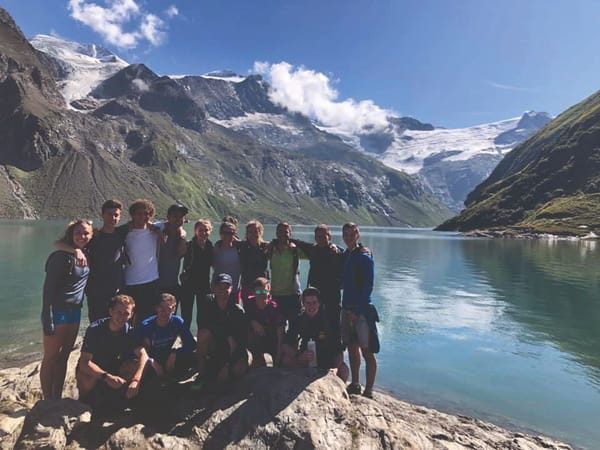How Eliud Kipchoge Ran a Sub-2h Marathon

Sub-2 has happened, and it still hasn’t sunk in completely. Yes, the conditions were VERY optimised and it is not record eligible, and we’ll get to that later, but the enormity of such an effort is almost unbelievable. Prior to this time last year, only one man had run under 2:03 in a record-eligible city marathon, and he (Dennis Kimetto) has since transitioned into insignificance as if trying to avoid something. Enter Eliud Kipchoge. This man has won 11 out of the 12 extremely competitive city marathons he has started, including four London Marathons (essentially the running equivalent of Wimbledon Tennis - it is reputationally and financially the top prize in the sport). Even Kipchoge could not break 2:03 until 2017. And in the space of just a couple of years, over 3 minutes has been wiped off what people believe is achievable in a marathon distance event. That is equivalent to Bolt running 9.32 seconds for 100 metres, or Hicham El Guerrouj running an unthinkable 3:20 for 1500m.
So, what are these special conditions? Firstly, you have the pacing, which was provided by 41 rotating pacemakers and a car mounted green laser indicating 2-hour pace. While in cycling, one can expect to save around a third in power output by ‘drafting’ and taking advantage of aerodynamic blockage, this effect is much smaller at running pace because of the cubic effect of speed on power. It is likely that the majority of the benefit of drafting comes from the psychological benefit of not having to pace every step, but rather deferring that task to another. Secondly, the date, time and course were all selected to optimise the suitability of the event for marathon running. Kipchoge had perfect weather, no hills (6 metres gained overall) and only 8 sweeping turns. Add to this that he had bottles handed to him, and Kipchoge had the perfect conditions to crush an optimal marathon. But still, to my mind, this does not explain this feat.
The third and final factor, sadly, is the shoes. Sadly because Nike does have, and has had for quite some time, a monopoly on shoes that almost certainly aid marathon running. The first piece of evidence for this is a NYT article that used 500,000 runners’ Strava data to show a 4% benefit from switching to Nike Vaporfly 4% shoes. Secondly, Kipchoge’s (and other notable Nike athletes’) recent improvement in times. Thirdly, on the day I write this, Brigid Kosgei has OBLITERATED Paula Radcliffe’s ‘unbreakable’ 2:15:25 that has stood for 16 years by running a stupendous 2:14:04. Who was she sponsored by? Guess. And on that rather sour tasting note, I’ll end.









